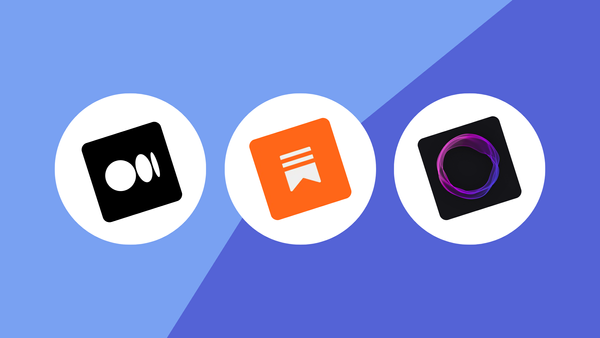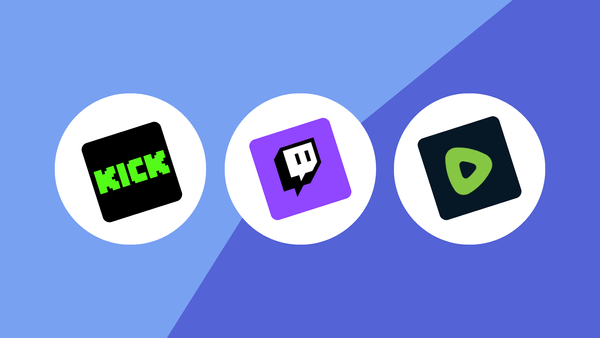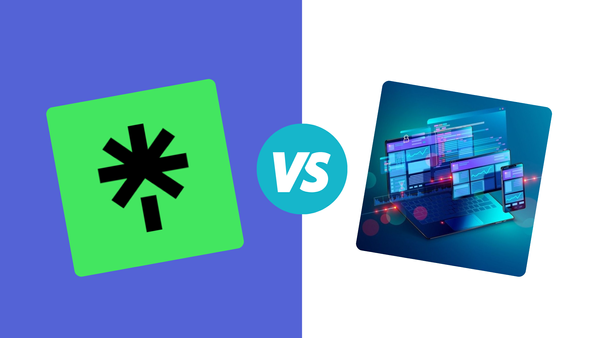How to Make Viral Content (Straight Talk, No BS)
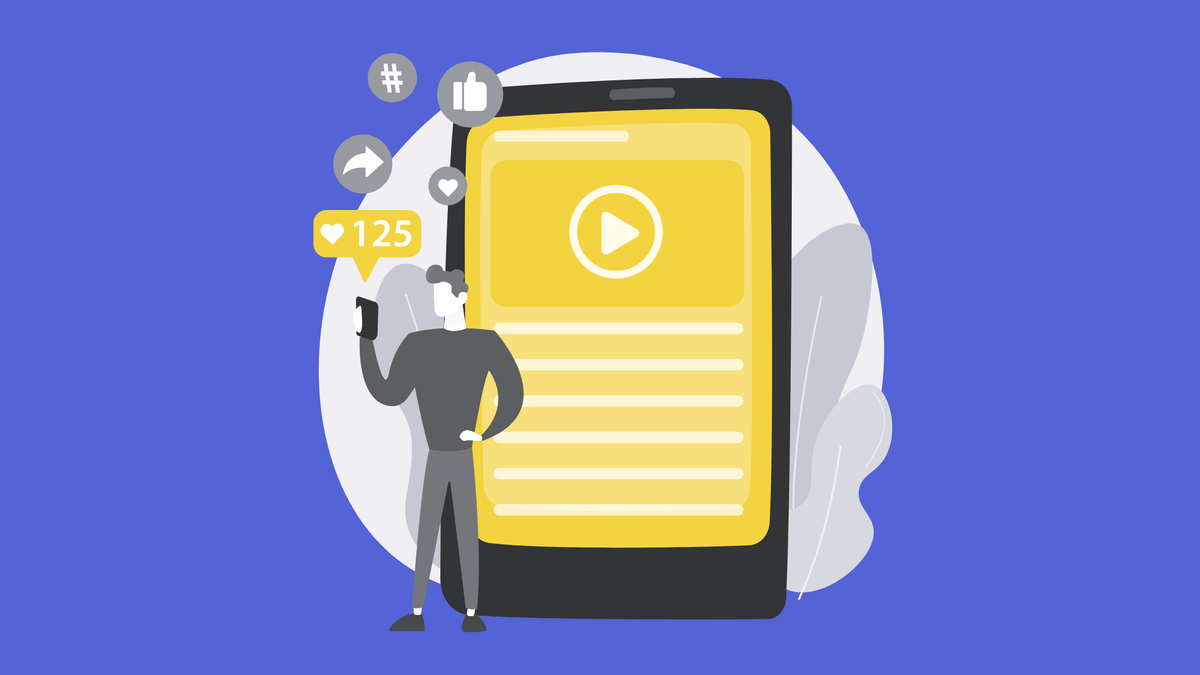
You think there’s some secret sauce that creators leverage to go viral? If yes, you’re living under a rock!
Any course that promises to make you famous within 30 days is an absolute lie.
If it were that easy, your friends next door would’ve left their 9-5 long ago.
Besides, that trick would’ve become so saturated by now that it wouldn’t work anymore.
In this guide, we'll explore the reality of viral content and delve deeper into the psychology that goes behind the trend.
The Reality of Viral Content
Anything is Possible
When most creators realize they’re not going viral even after all the effort, they think they need a strategy to get better at it.
As a result, they end up paying for hefty courses and watching clickbait YouTube videos.
That’s not how things work in reality.
Let me explain!
Once in a while, we come across overrated videos. But c’mon, are they really that bad?
Well, what’s garbage to us can be a jewel for someone else.
Here are a few videos that didn’t require any production cost and still became a trend:
Surprisingly, many artists say that videos they thought would go viral didn't, and videos they didn't expect to go viral actually did.
This exact thing happened with Eminem in 2003.
He was sleeping with his daughter and didn’t go to the Grammy Awards, thinking there’s not even a chance to win an award with an original rap song.
He thought a show like this will never understand a rap song like Lose Yourself.
At midnight, his keyboard player Luis Resto (who received the award in his place) woke him up from sleep, saying 'Hey man, you won!'
Eminem was like - “I did? Shh - Cool!”
Moral? Always believe in yourself and don’t take your own art for granted. Otherwise, you might lose big opportunities.
So far, this proves anything can happen when it comes to getting famous. Perfection isn’t as important as you think.
Quality vs Quantity
You can’t go viral with a bunch of high-quality videos. But with a couple of low-quality videos, your competitor can.
That might sound unfair to you but that’s how it is like in the real world too.
What matters the most is consistency.
This reminds me of a quote from the Rocky Balboa:
“But it ain't about how hard you hit. It's about how hard you can get hit and keep moving forward”
What you publish today might not get viral instantly. That’s why I always keep publishing good content without focusing on perks.
You know, this getting viral thing is more like being at the:
Right Place, Right Time
What works on one platform might not work on another.
Instagram users are mostly between the age of 24 and 35. Meanwhile, TikTok’s user base is Gen Z, aged 11 to 18.
This is why most creators complain that their content is working better on Instagram than TikTok, and vice versa.
Other than this, you must have seen many songs going viral after 5-10 years of their release.
One great example of this is ‘Die for You’ by Weekend. He released this song in 2016.
But somewhere between the 2021-2022, his song was widely used for various TikTok videos.
According to NewDaily, about 100K TikToks are made with this song. And guess what? After six years, Weekend had to film a music video for it.
Not only this, ‘Die for You’ came on the Top 10 US Spotify chart.
This isn't the only song that went viral like this. Thanks to Instagram Reels and TikToks, many songs that deserved attention went viral.
Do you know any song that you used to hear 5 years ago that got viral now?
Anyways, let me show you what psychological factors make content go viral.
11 Psychological Patterns Behind Viral Content
While it’s true we can’t make viral content with any fixed strategy, there are still some psychological phenomena that work behind most of the viral content.
Learning these patterns is like adding a rare toolkit to our creative process.
Sounds interesting? Let's look at the first one..
#1 - Bandwagon Effect
When one person starts wearing neon sneakers, suddenly everyone starts wearing the same. That’s the bandwagon effect at play.
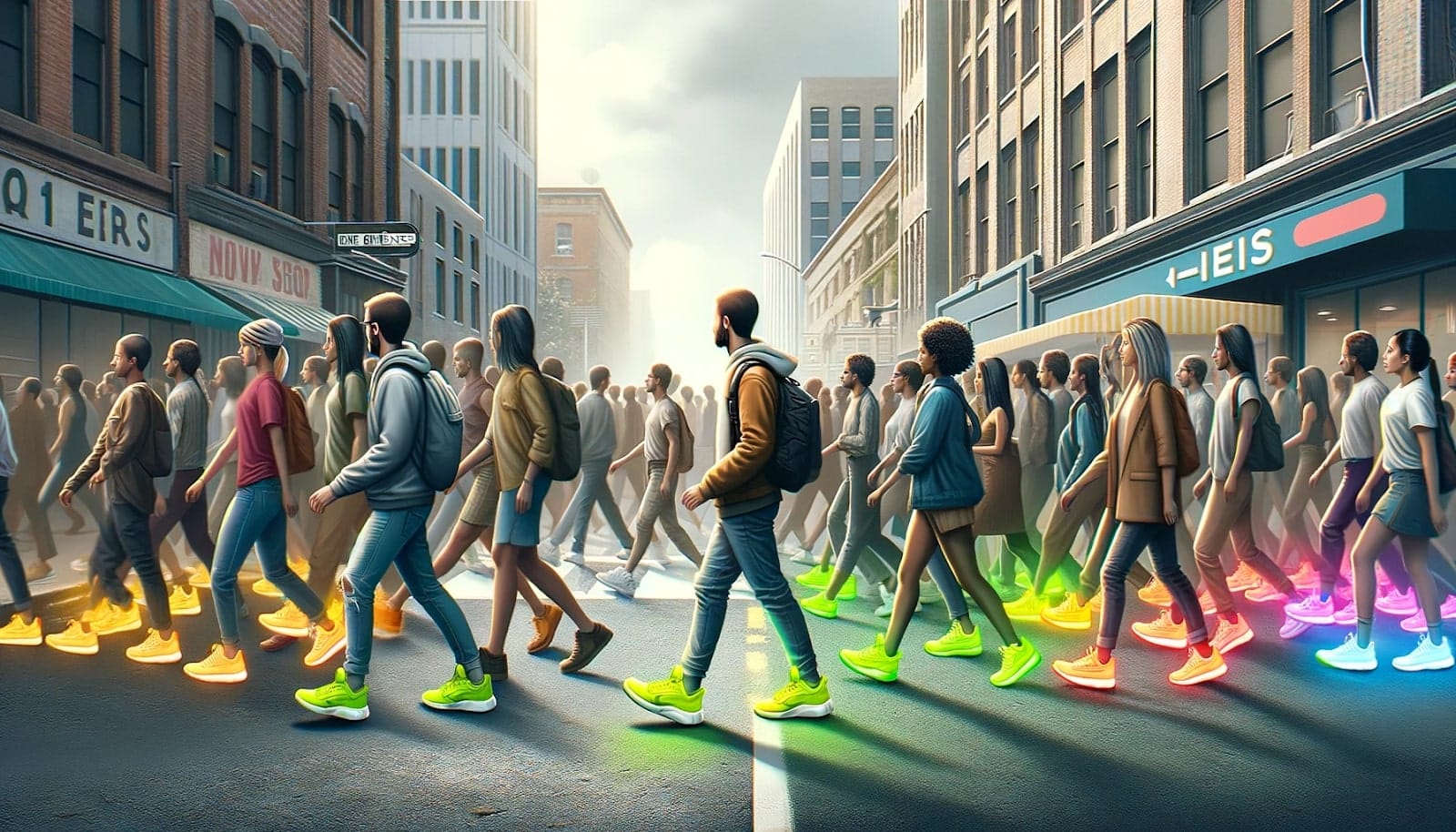
Take the fidget spinner craze—once a few people had them, they were everywhere.
Both scenarios show us how trends escalate when we see others joining in.
#2 - Cause Marketing
Cause marketing isn’t just selling a product, it’s promoting a cause that can make consumers feel good about the money they spend.
Take TOMS shoes as an example. They came up with a model known as "One for One," where for every pair of shoes sold, a pair was donated to a child in need.
This company claims to make an impact on 105,000,000 lives.
This is the entire timeline of TOMS success:
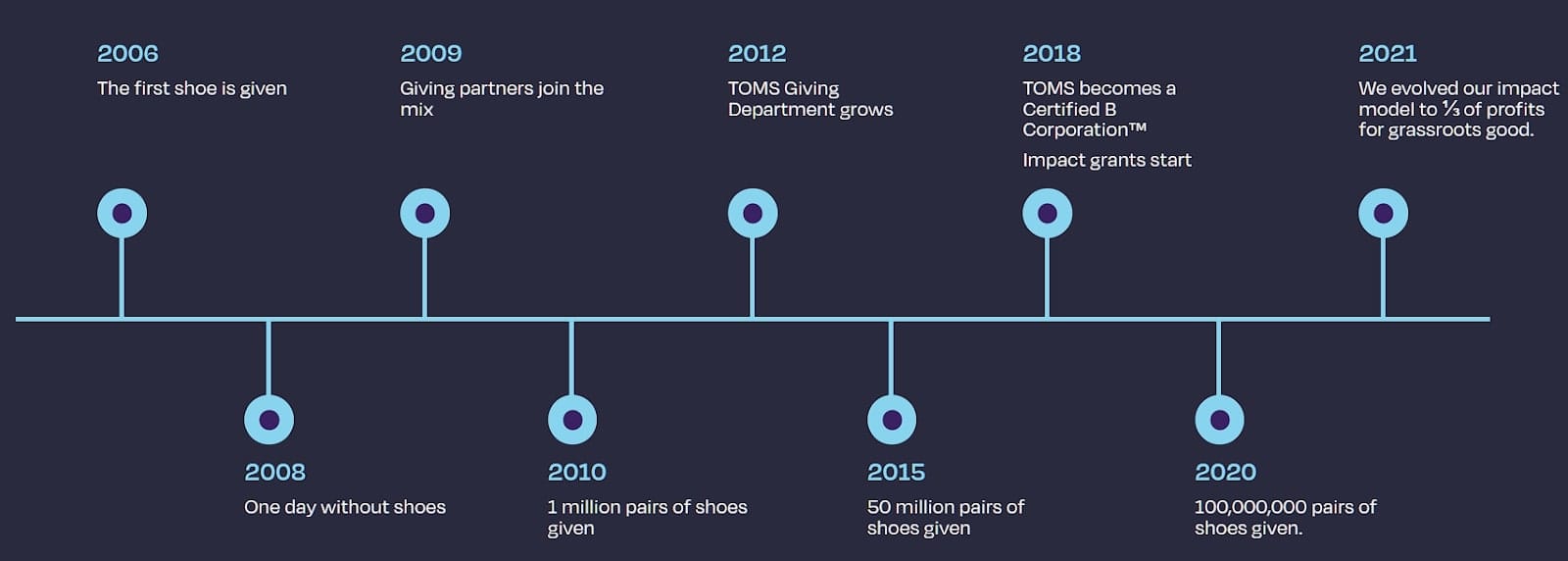
Do you have any cause that can make people feel good to follow you? Dig deeper, you might find your calling.
#3 - Butterfly Effect
If a butterfly flaps its wings in one country, it might cause a tornado in another. That’s how the Butterfly effect works.
Thomas Alva Edison is the biggest example we have. In New Jersey, he was known for his messy hair and stained clothes.

He preferred working and even sleeping at his cluttered desk. One evening, after numerous failures, Edison tested his new light bulb again.
This time when he flipped the switch, the bulb lit up.
Edison’s invention quickly transformed the world, lighting up streets and homes everywhere.
From his simple desk in New Jersey, Edison showed how a small idea could light up the entire planet.
So being a creator, if you can come up with an idea that can bring a positive change in lives, butterfly effect might work in your favor.
#4 - Curiosity Gap
The gap between what people know and what they want to know pushes them to seek out the missing information.
Have you ever come across BuzzFeed? They have mastered the curiosity gap in their headlines.
A thumbnail like this makes you wonder what exactly is the difference between an $8 pasta and a $100 one.
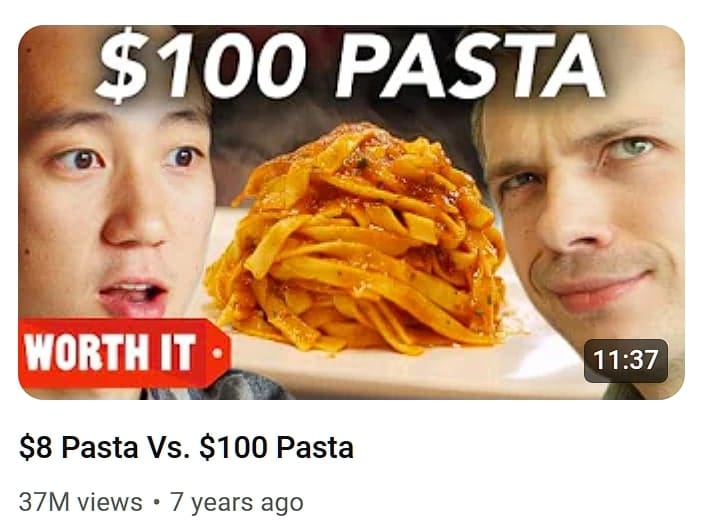
#5 - Dunning-Kruger Effect
On social media, people often speak with authority on subjects they know little about, which can spread misinformation but get a lot of engagement.
This shows why posts that sound confident but might not be well-informed can still be appealing.
In the early days of COVID-19, numerous individuals on social media began sharing advice about the virus, treatments, and prevention methods.
One notable instance involved a viral video where a self-proclaimed expert recommended high doses of vitamin D as a foolproof way to prevent the virus.
Despite lacking medical training or a deep understanding of infectious diseases, this guy's confident presentation and use of scientific jargon convinced thousands to share the video and buy vitamin D supplements.
Personally, I don't like to implement Dunning-Kruger effect. After all, this might cost you your fans. Once they know what you're up to, you're at a disadvantage.
Just in case you still want to apply it on stealth mode without any harm, you can try at your own risk.
#6 - Cliffhangers
Netflix's use of cliffhangers, particularly in series like "Stranger Things," keeps viewers coming back for more.

The unresolved tension ensures viewers will return for the next season, hooked by the need to know what happens next.
So next time you create something, make sure you leave people hanging. That way they'll pay attention to what's coming up next.
#7 - Pareto Principle
In content creation, 20% of your videos might drive 80% of your views.
This principle suggests focusing on what types of content perform best and dedicating more resources to creating similar types of content.
Want to find out what 20% of your competitor is working?
Suppose I'm creating bizarre videos and want to know which 20% of videos have driven the most views for one of my competitors.
I would simply go to their YouTube channel and select 'Popular.'
Look, there are many videos with a lot of views which I can either recreate or use as inspiration to come up with similar ideas.

This strategy also works well on Instagram and TikTok.
Here’s an interesting observation: the first video uses the curiosity gap. See? That’s why it's important to learn these psychological factors.
Once you understand what’s your competitor actually doing, you’ll be able to up your game as well.
#8 - Fear of Missing Out (FOMO)
FOMO, or Fear of Missing Out, plays on the anxiety. It's like everyone is enjoying and you're not.
In marketing, it’s a powerful tactic to compel consumers to act quickly, often under pressure of limited availability.
Amazon effectively uses FOMO with its Lightning Deals, particularly during their annual Prime Day event.
These deals are available for a limited time—often just a few hours—or until the product is sold out.

Amazon displays a countdown timer along with a visual bar showing what percentage of the stock has already been claimed.
Not sure how this could be used to create viral content?
Do you know how crazy Facebook users once were about quizzes? If you do, you've probably got the idea already!
#9 - IKEA Effect
When customers assemble their furniture, they tend to value it more because they put effort into creating it.
If you’re creating a digital product, involving your users in beta tests or feedback sessions can increase their attachment and loyalty to the final product.
Duolingo, a popular language learning platform, effectively utilizes the IKEA Effect by involving its users in the development process through beta testing.
When Duolingo introduces a new language course or feature, it first releases it to a small group of users for feedback.
These beta testers contribute suggestions on everything from the usability of the interface to the educational content itself.
#10 - Decoy Effect
The Decoy Effect is a cognitive bias where consumers change their preference between two options when presented with a third option.
A famous example of the Decoy Effect comes from The Economist magazine's subscription model.
At one point, the magazine offered 3 types of subscriptions:


The print-only option served as a decoy, making the combined web + print subscription appear significantly more valuable for the same price.
In a situation like this, there’s no chance you will go with the print-only option.
#11 - The Halo Effect
The Halo Effect occurs when the positive reputation of a brand enhances the perception of all its products.
Nike uses the Halo Effect through endorsements with iconic athletes like Michael Jordan.
Once you read the description on Air Jordan 5 Retro SE page, you’ll get what I really mean:
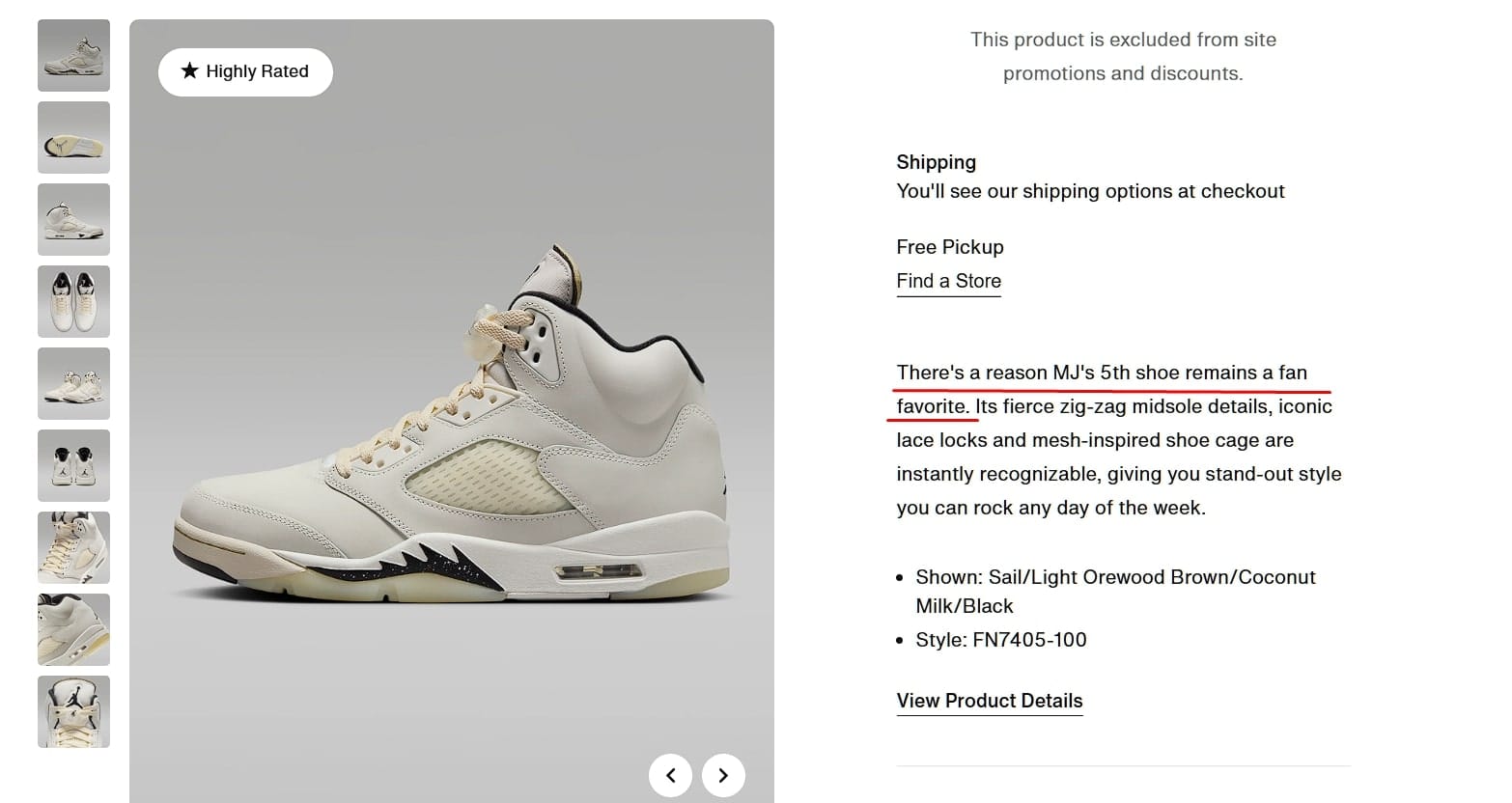
The prestige associated with Jordan elevates the desirability of these shoes.
This makes Nike's brand look even better, making customers more loyal and open to their products.
3 Things You Can Do to Make Viral Content
#1 - Learn the Value of Being Invested
The more active you’re in your niche, the more experience you’ll gain. This is the only reason why people are masters at what they do.
Since 2016, I’ve never spent a day without learning. Even in my hard drive, you’ll see a bunch of courses and ebooks.

Apart from this, I've saved many Twitter threads and LinkedIn posts. Trust me, such posts are goldmine:
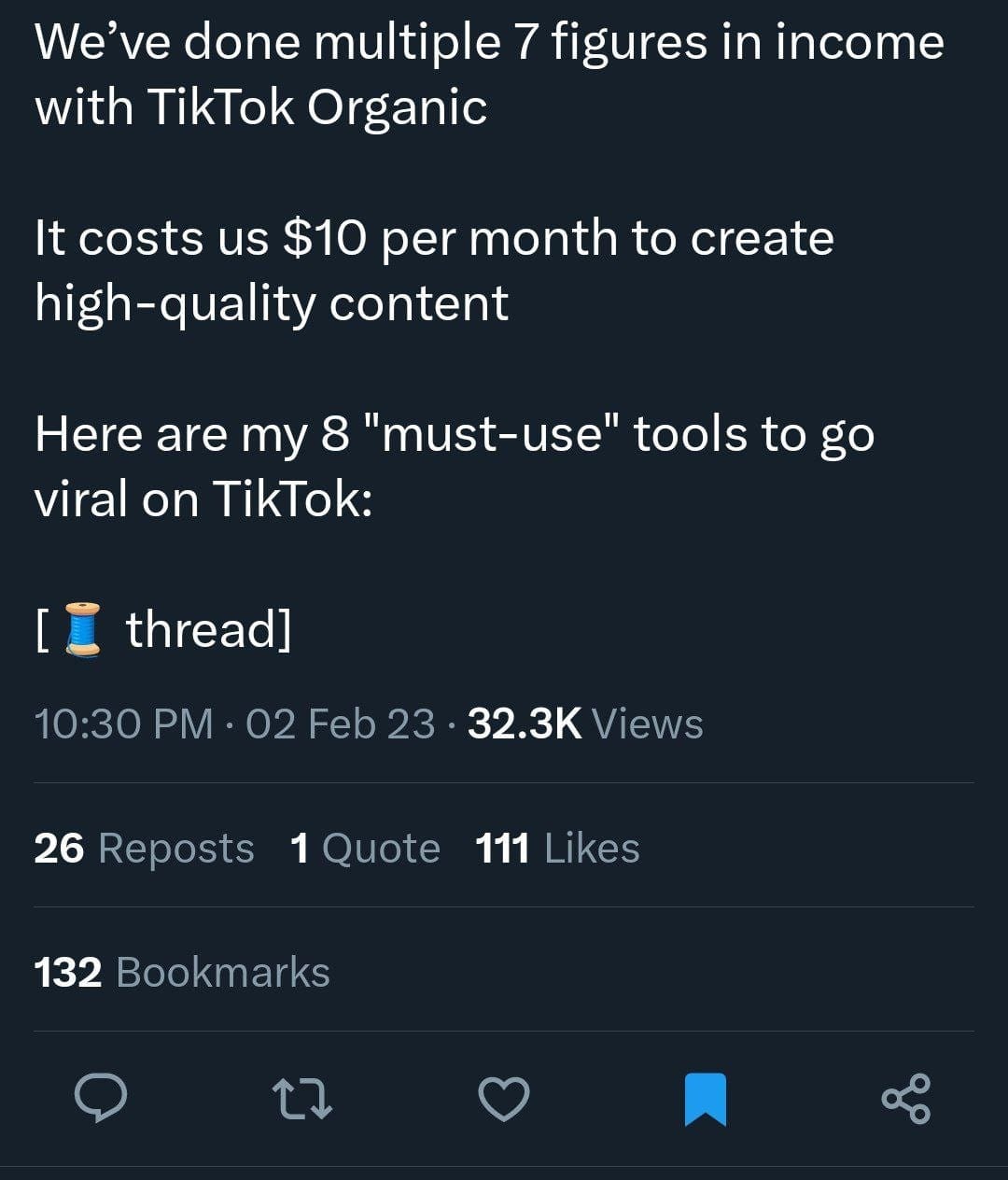
All these years I’ve studied SEO, print on demand, CPA marketing, affiliate, and anything that revolves around internet marketing just like this.
Based on my knowledge, I came up with my own marketing tactics which helped me get:
- Self-independence at the age of 18
- 30+ clients as a freelancer
- #1 rankings on Google
- A full-time job at Automaze (#3 as product of the day on Product Hunt)
Although this has nothing to do with going viral, all I'm trying to say is:
"You can never cook your greatest dishes without ingredients"
And if you’re looking for some solid ingredients, you must check out these free AI tools. They’ll help you stay ahead in the creative scene
#2 - Study Your Competitors
No matter how busy you get, it’s not a great idea to live under a rock. In your 24 hours, find some time to keep an eye on your competitors.
I’ve this habit of surfing through LinkedIn, Twitter, YouTube, marketing forums, and Google.
This way I understand what exactly is working in the present. What people like and dislike. How my competitors are nailing it.
And the best part? In 2024, you have everything on your phone. Just pull it out, start scrolling, and create content that really resonates with your audience.
A saying perfectly fits here: “Follow those who have successfully walked the path you have chosen.”
#3 - Implement What You Learned!
Now that you know the psychology behind viral content and how creators succeed, you’ve most likely realized that going viral involves both luck and skill.
So as long as you’re consistently studying and creating in the right direction, sooner or later you’ll go viral for sure.
Just remember, this journey is a marathon as well as a sprint - anything can happen at any time!
So, the best thing you can do is keep moving forward. That’s the only key to crack the viral code.
Final Advice!
Right from the start, I wasn't planning to just tell you what works and what doesn't. I wanted to give you enough knowledge so you can make your own decisions. If you feel ready to do that, then I’ve done my job with this blog post.
Before I sign off, here's a bit of advice that could help you in the long run:
"By taking action, you have a 0.1% chance of success, but not taking any action gives you no chance at all."
So remember that, be creative, and good luck with your content creation!



